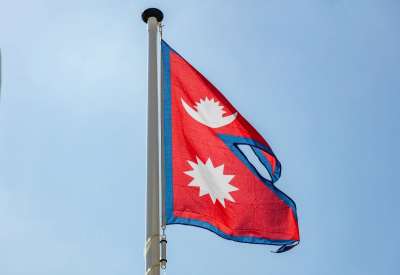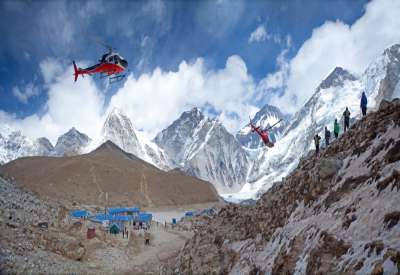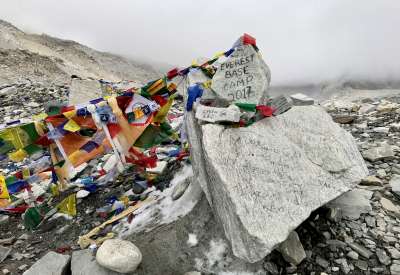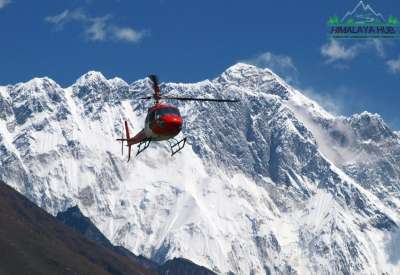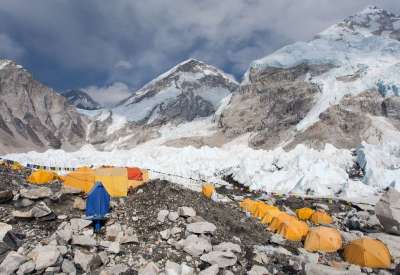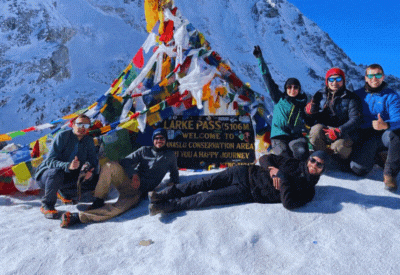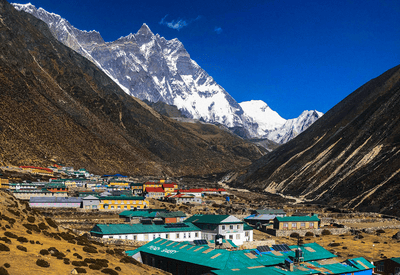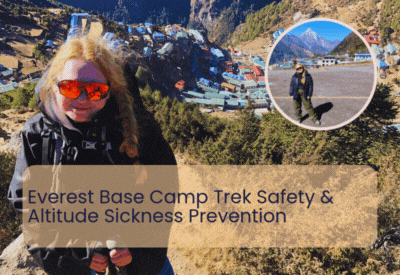One of Nepal's most popular trekking destinations is the Manaslu Circuit. The rugged landscapes, breathtaking mountain views, and distinctive cultural practices of this region are well-known. Manaslu circuit trek provides a unique opportunity for cultural immersion, allowing visitors to learn about the traditions and customs of the local people.
Cultural Immersion on the Manaslu Circuit Trek | Exploring the Traditions of the Local People
Table of Contents
The local people in the Manaslu region are primarily of Tibetan origin, and their culture is heavily influenced by Buddhism. As such, the region is dotted with monasteries and other important religious sites that are integral to the local way of life. Visitors on Manaslu circuit trek can expect to see prayer flags fluttering in the wind, Chortens (stupas) dotting the landscape, and monks in their distinctive maroon robes going about their daily routines.

One of the most important traditions in the Manaslu region is the celebration of the Tibetan New Year, also known as Losar. This typically takes place in February or March and is marked by a series of colorful ceremonies and festivities. During Losar, families come together to prepare traditional foods such as Momos (dumplings), Thukpa (noodle soup), and Khapse (deep-fried dough). They additionally perform unique strict services, make contributions to the gods and trade gifts.
Another important occasion in the Manaslu region is the celebration of Saga Dawa, which typically takes place in May or June. Special ceremonies and prayers mark this festival, which celebrates the Buddha's birth, enlightenment, and death. During Saga Dawa, visitors can expect to see locals dressed in their finest clothing, offering prayers, and making offerings at monasteries and other religious sites.
In addition to these special occasions, visitors to the Manaslu circuit trek can also experience the day-to-day traditions of the local people. For example, it is common to see people spinning prayer wheels as they walk, or making offerings of butter lamps at local temples. Visitors may also encounter traditional dances, music, and other performances that showcase the unique cultural heritage of the region.
Aside from the festivals and traditions, there are many other aspects of cultural immersion that visitors can experience on the Manaslu Circuit. For example, visitors can learn about nearby individuals' conventional attire and weaving strategies. Women in the region are known for their skill in weaving and creating beautiful fabrics, such as the distinctive "Dhaka" fabric used for traditional clothing. Visitors can also visit local markets to see the array of handicrafts, textiles, and other goods that are produced in the region.
Another important aspect of cultural immersion in the Manaslu region is the food. Dal Bhat (lentil soup with rice), Thukpa (noodle soup), and Momos (dumplings) are some of the traditional Nepali and Tibetan dishes that visitors can try. In addition to these staples, the region is known for its delicious yak cheese, which is used in a variety of dishes. Explorers on the Manaslu circuit trek can also try traditional snacks such as roasted corn on the cob, fried dough balls called "sel roti," and sweet treats made from sesame and jaggery.
Visitors to the region can also learn about the unique architecture and building techniques used in the construction of homes and other buildings. Many of the buildings in the region are made from locally-sourced materials such as stone, wood, and mud. The distinctive flat roofs and carved wooden window frames are a hallmark of the traditional architecture in the region.
Finally, visitors can gain insight into the daily lives of the local people by staying in traditional guesthouses or homestays. These accommodations provide a unique opportunity to experience the hospitality and warmth of the local people and to learn more about their daily routines and traditions.
Overall, cultural immersion on the Manaslu Circuit trek is an incredibly rewarding experience. Visitors can expect to learn about the rich history and traditions of the local people and gain a deeper understanding of the role that Buddhism plays in daily life. Whether it's attending a colorful festival or simply observing the day-to-day routines of the local people, a trek through this region is sure to be a memorable and enlightening experience.

